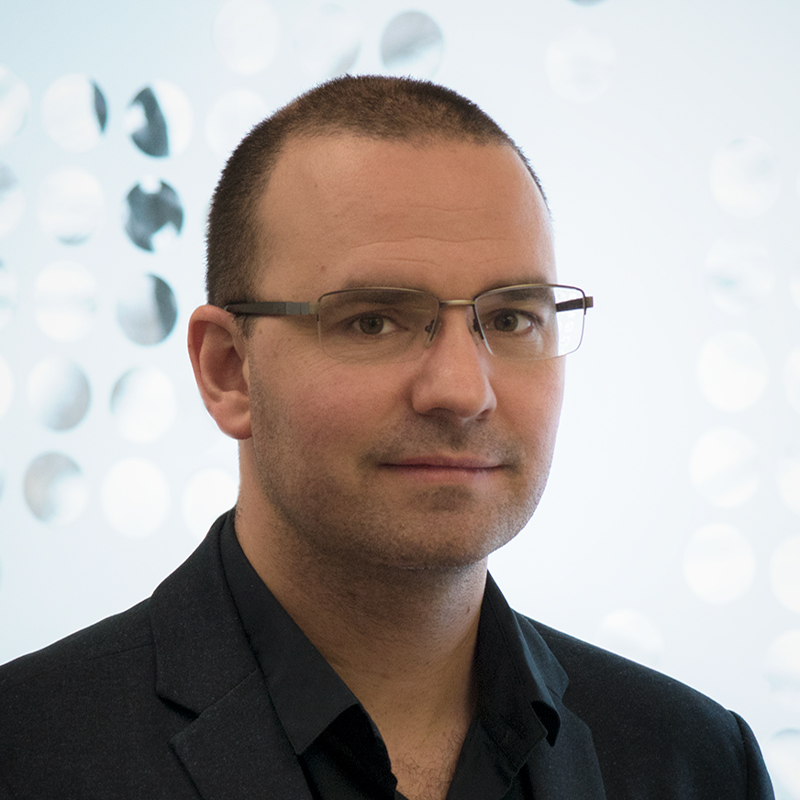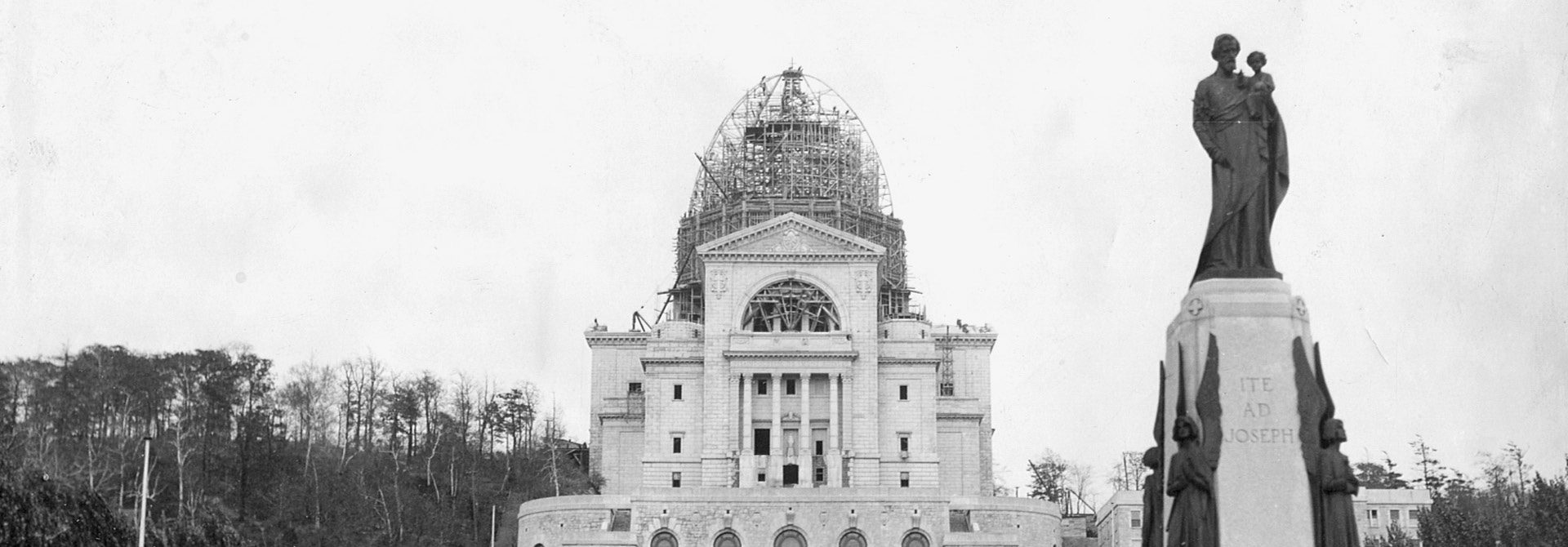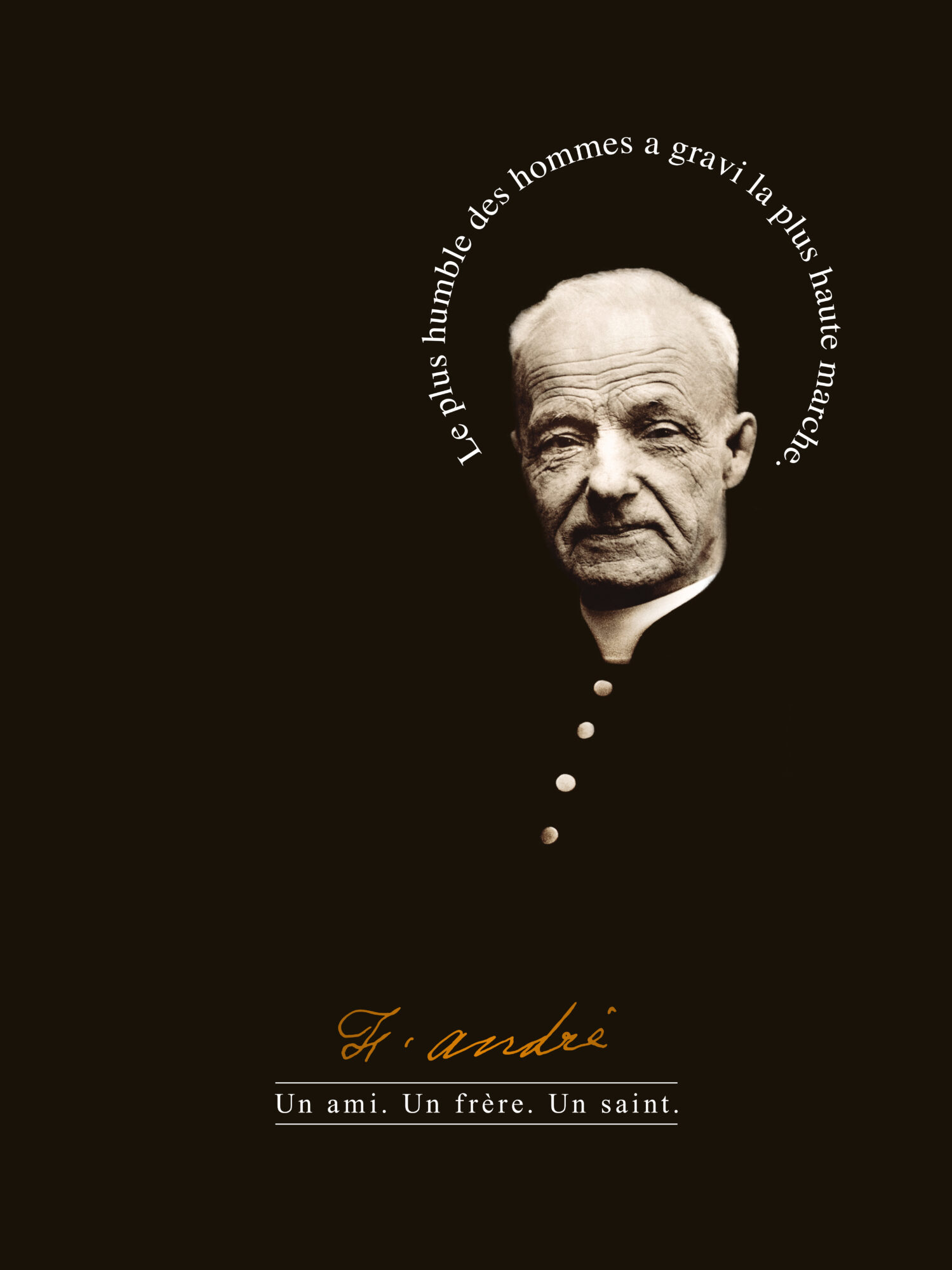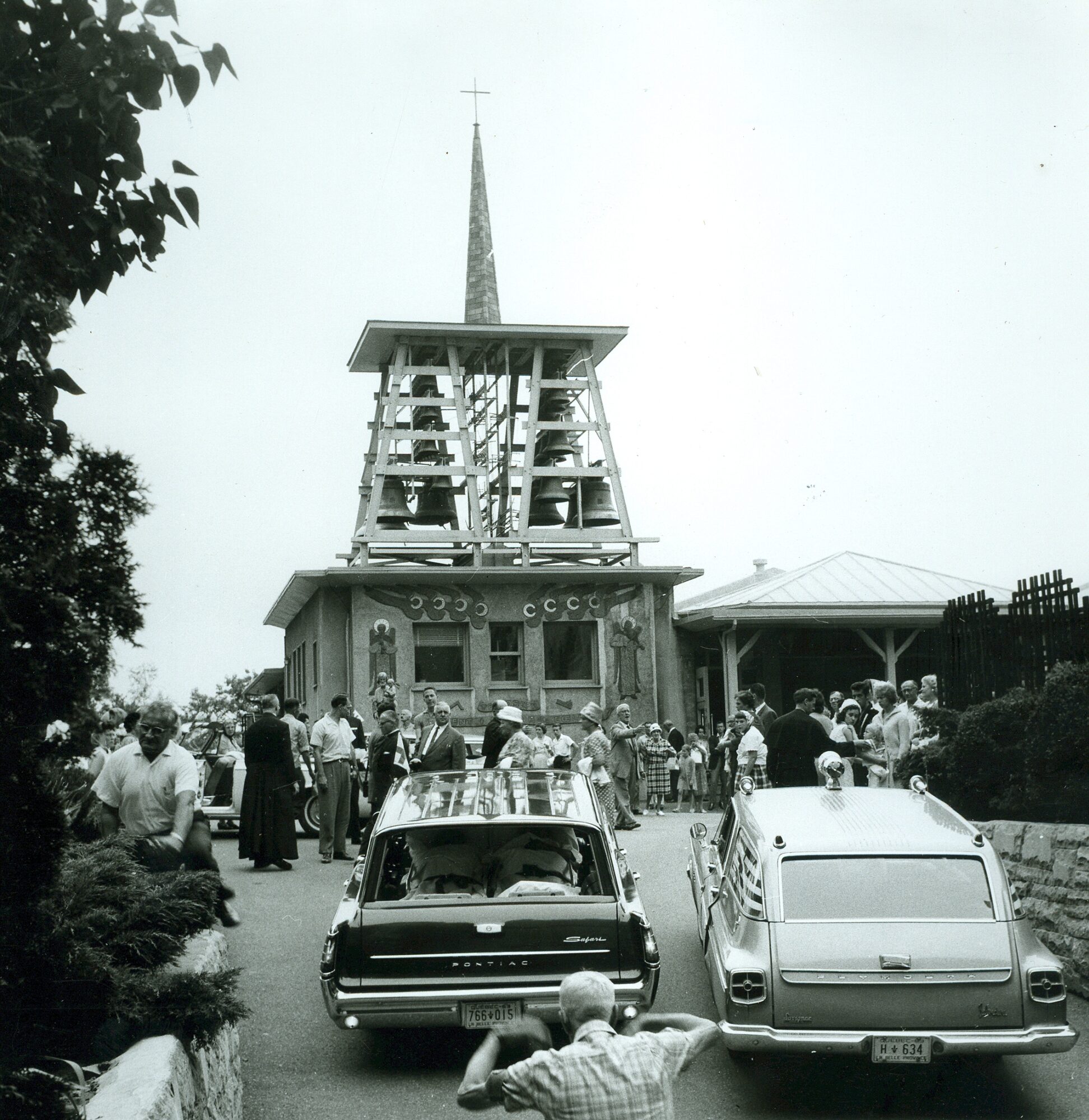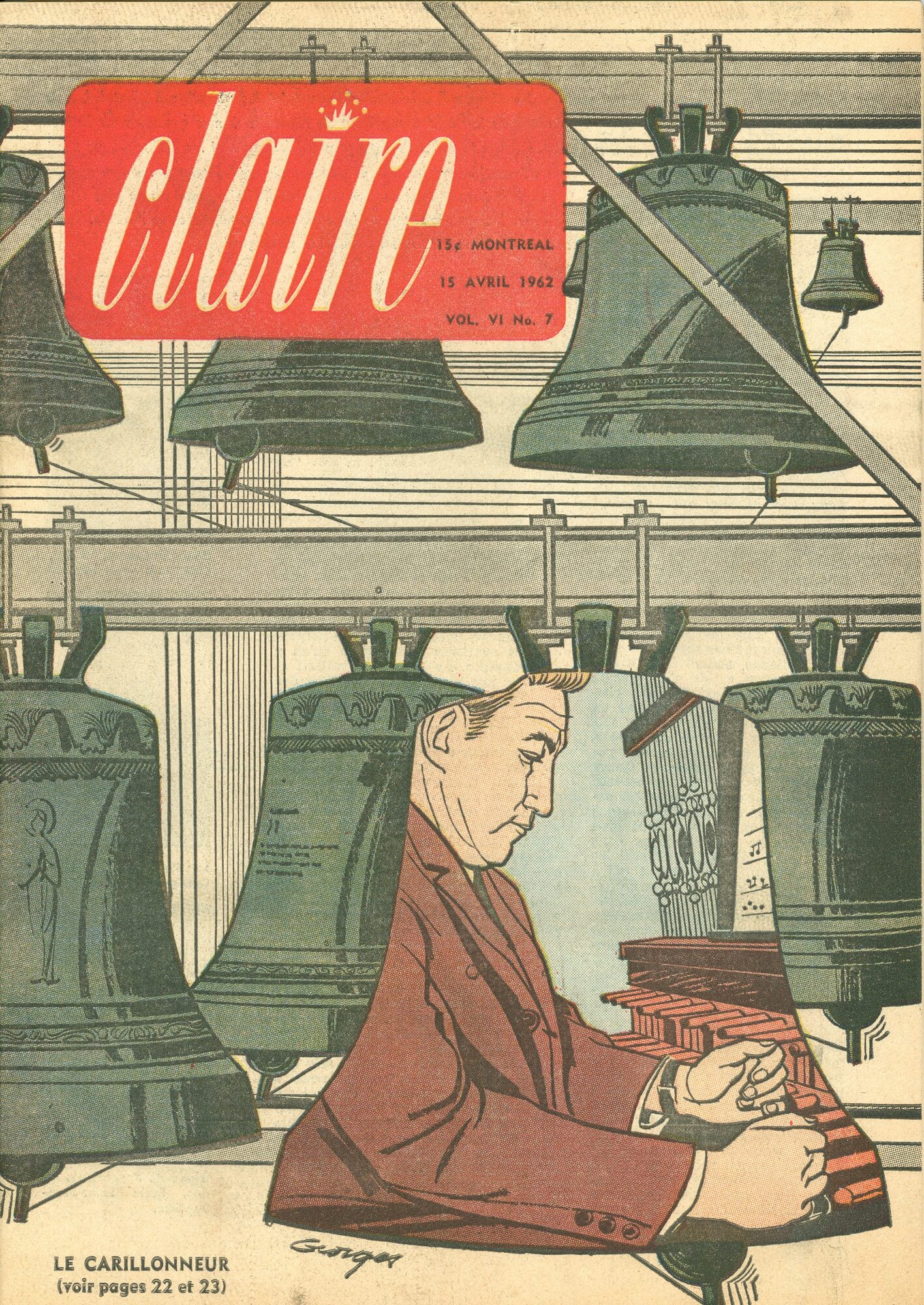A roof for Saint Joseph
The anecdote may make you smile, but the coincidence is quite singular. While the concrete for the roofs of the new Welcome Pavilion has been poured for a few days, 85 years ago, almost to the day, the concrete for the Oratory’s dome was completed.
Plans for the construction of the dome. Maxime Cailloux, 1937, Les Ingénieurs Associés. Archives of Saint Joseph’s Oratory of Mount Royal.
The Incomplete Basilica
In November 1936, faced with work that was struggling to be completed, Brother André suggested to the religious of the Oratory that they make a procession to place a statue of Saint Joseph in the unfinished and still roofless building1. In his biography on Brother André written in 1938, Father Henri-Paul Bergeron, CSC, recounts this last moving climb:”We began to climb the steep slope leading to the Basilica while reciting the rosary. Brother André, who tried to follow this procession, stopped exhausted. A poignant sadness […] assails us: the Basilica will be finished, but its craftsman, Brother André, will no longer be among us… In the apse, the statue of Saint Joseph is placed. In the midst of our prayers, we are struck by the grandeur of the work done on Mount Royal. It seems that the venerable old man was truly inspired in proposing the step that we are taking.”2 And indeed, Brother André died a few weeks later, on January 6, 1937, without having seen the completion of his work.
View of the shrine before the construction of the dome. [193-]. Photographer unknown. Archives of Saint Joseph’s Oratory of Mount Royal. 72-2.
A Long and Delicate Operation
A year passed and on November 6, 1937, almost a year to the day after the procession, the contractor began pouring the concrete for the Oratory’s exterior dome. The engineer Maxime Cailloux, one of the people in charge of this operation, recounted this extraordinary event in several articles.
The dome in October 1937, a few months before the concrete was poured. The scaffolding for the upcoming concrete formwork can be seen. Photographer unknown. Archives of Saint Joseph’s Oratory of Mount Royal. 99-8a.
Built on the model of a 16-sided polygon, the domes are “two thin concrete viels, two ovoid shells entirely independent of each other”. Thanks to the choice of reinforced concrete, a solution that favors lightness and economy, the engineers can congratulate themselves on having achieved “a dome 120 feet in diameter by 95 feet high with a thickness of seven (7) inches of concrete […]”.3
Concrete pouring operation on the last day of the process. November 15, 1937. Photographer unknown. Archives of Saint Joseph’s Oratory of Mount Royal. 99-1b.
The construction of the exterior dome is already extraordinary in itself, but the time required to complete it is even more so. Since the operation took place in November, it was necessary to act quickly and with fast-setting concrete. Compressors installed in the sacristy of the Basilica propelled the sand, stone and cement mixtures 215 feet upwards into tanks maintained at a suitable temperature. Water was not added until it was released into the formwork. Cailloux tells us: “The concrete was thrown on the dome continuously day and night for nine days. The work began on November 6, 1937 at two o’clock in the afternoon and ended on November 15 at nine o’clock in the evening.”4
2022: same operation, less complication
Concrete pouring at the Welcome Pavilion construction site. October 2022. Photographer: Martin Brideau.
Concrete pouring at the Welcome Pavilion construction site. October 2022. Photographer: Martin Brideau.
At the end of October, the teams working on the new reception pavilion finished pouring a new concrete roof right under our windows. This is the roof of the tunnel that pilgrims will use to get from the pavilion to the votive chapel. This time it did not take nine days, but rather a few hours. What a coincidence. We can’t help but give thanks to Saint Brother André and our patron saint, Saint Joseph, with a smile on our face, in front of such a sense of spectacle!
- This anecdote is reported by some biographers of Saint Brother André, but nothing to this effect appears in the minutes of the local council of the Oratory.
- BERGERON, Le frère André, Oratoire Saint-Joseph, 1988, p.162
- CAILLOUX, Les dômes de l’Oratoire, Annales de Saint-Joseph, avril 1941, p.114
- Ibid., p.118
